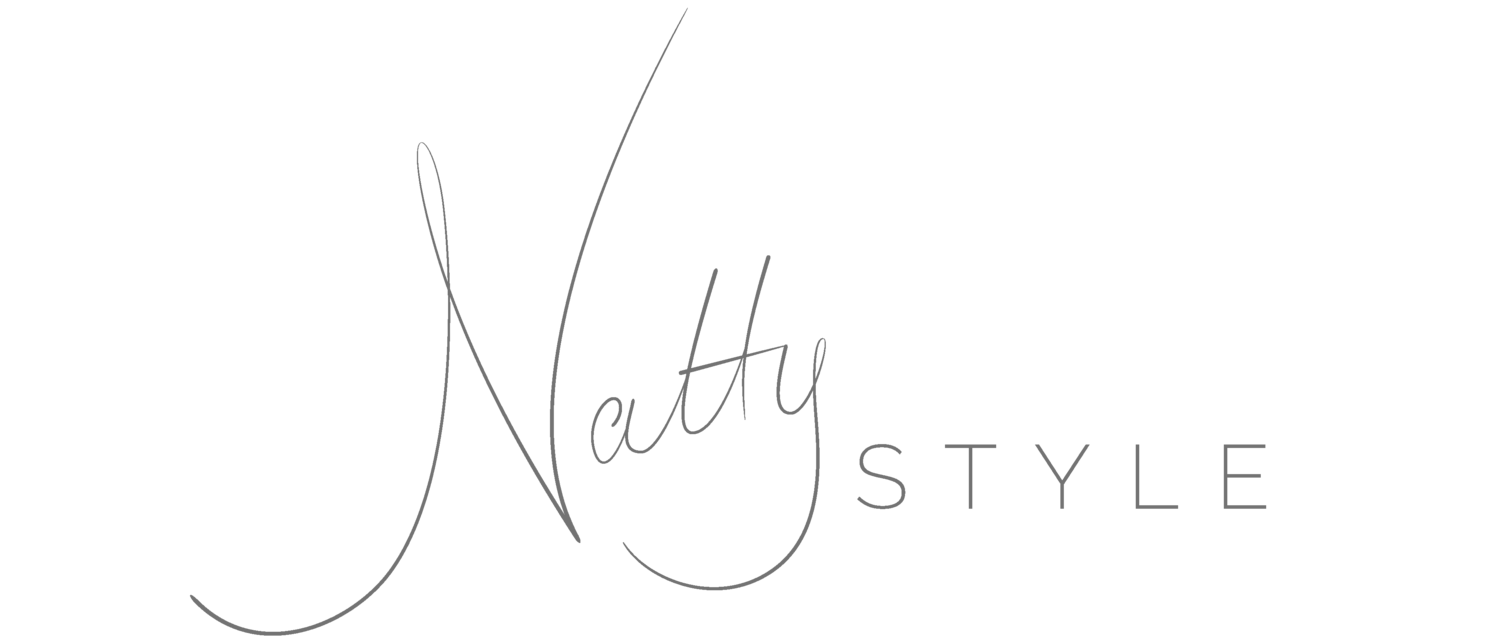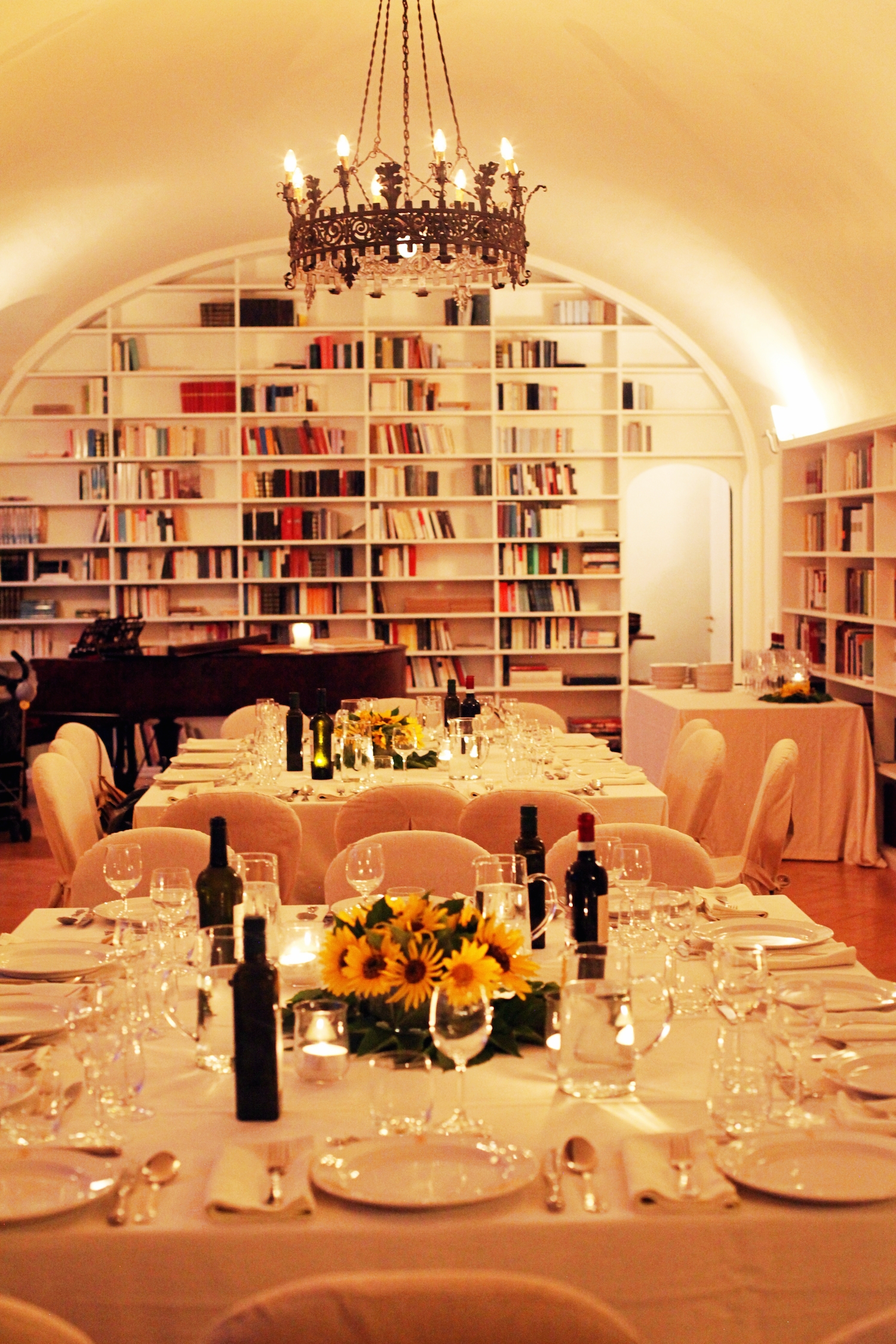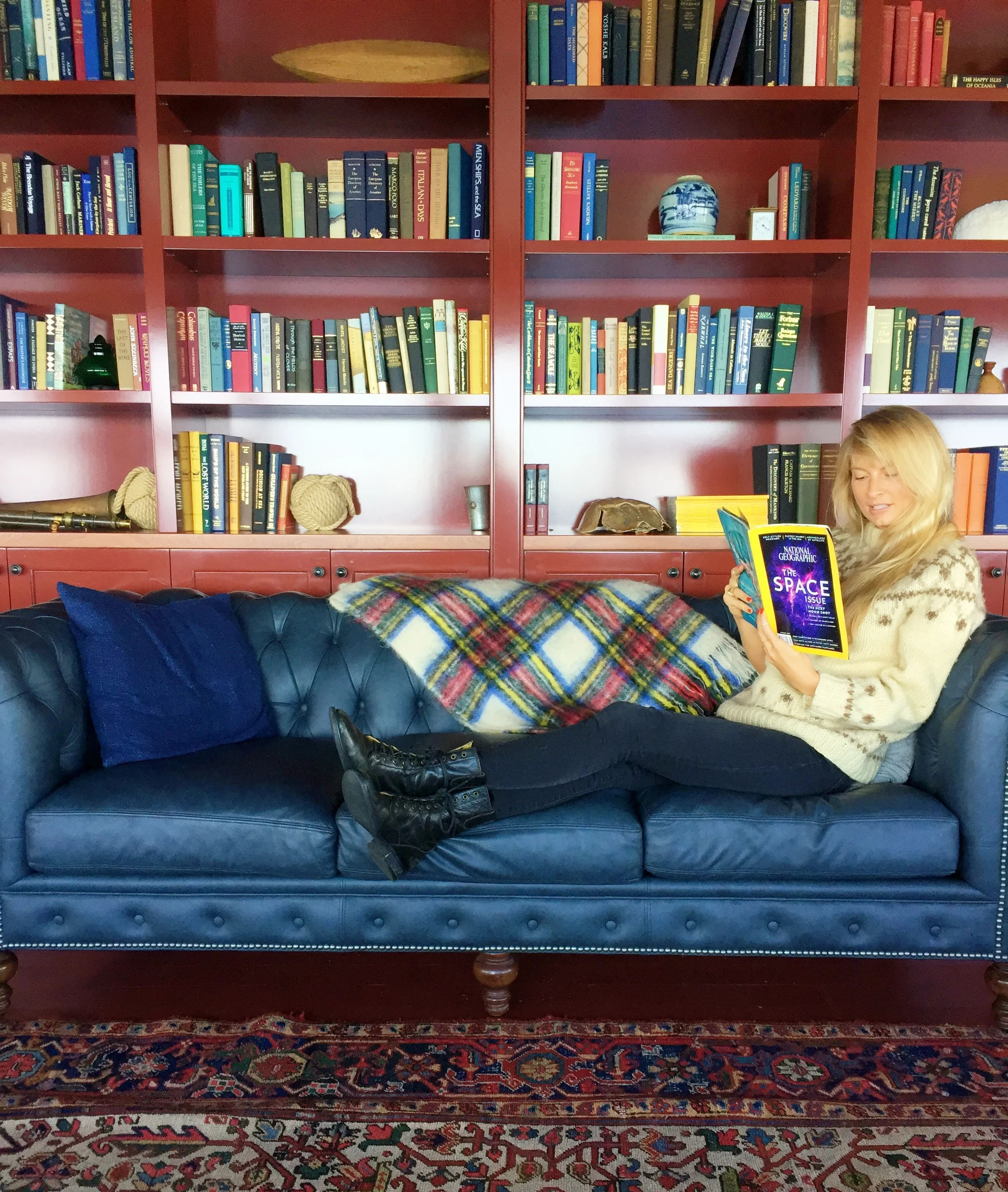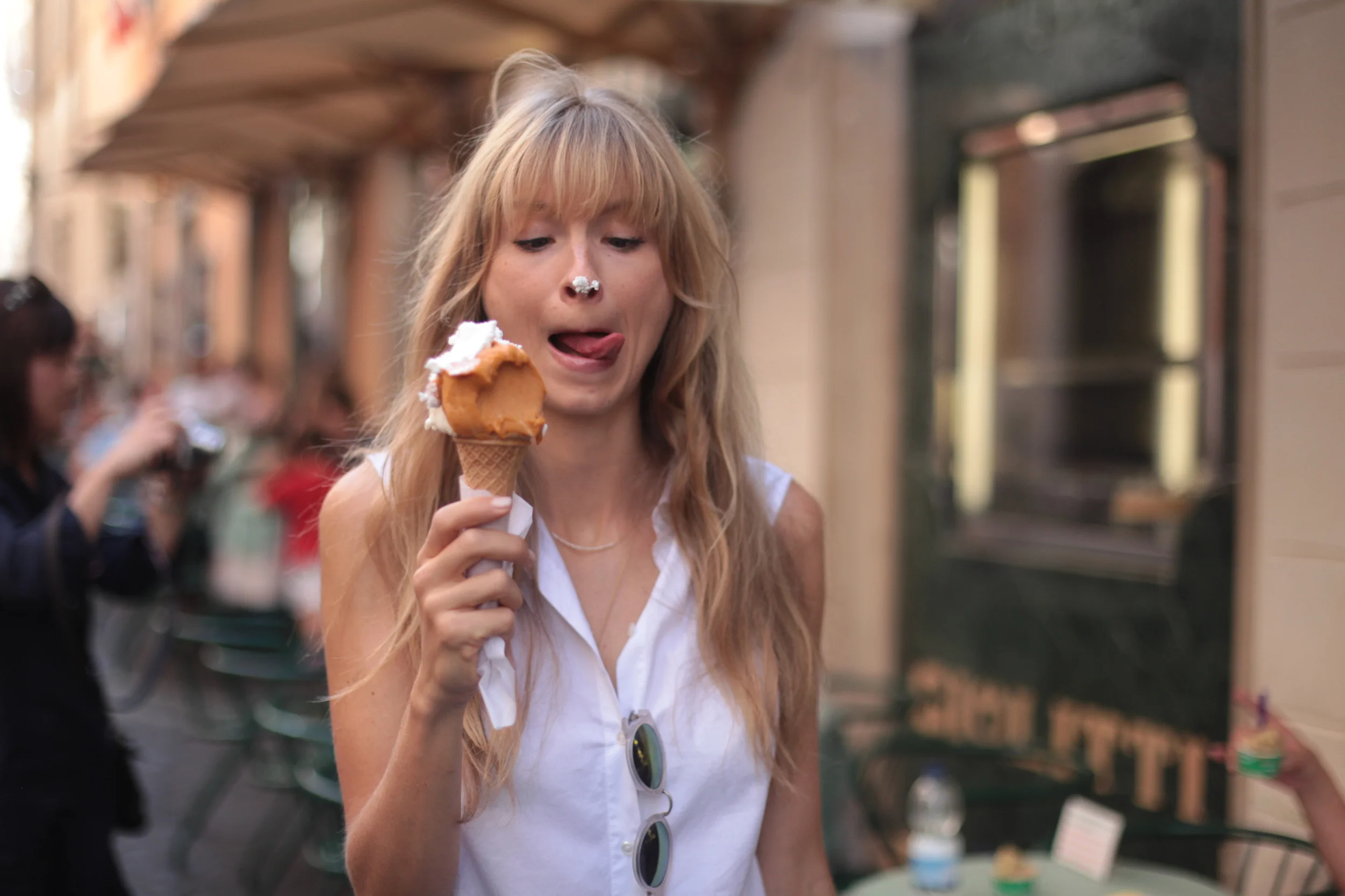Years ago, I read an article about fashion designer, Brunello Cucinelli and his mission to bring dignity back to craftsmanship. Raised as the humble son of a farmer and educated on life’s lessons through philosophical conversations in local cafes, Brunello was the first to dye cashmere, and has since managed to create a 30 year old empire built on virtue. The glossy magazine pages showed a veritable Eden in Italy, a tiny town called Solomeo where Brunello had restored and built an idyllic, sustainable paradise for his employees. Among the pages of expensive outfits and advice on the latest trends, Brunello’s story struck a chord of humanity that is rare in the consumer driven world of high fashion. I dreamed of one day spreading his message–a message that redefines luxury by quality of life. Apparently the universe was listening, because one day I was given the chance to be a guest of Brunello and visit Solomeo where I learned that this seemingly too-good-to-be-true story was actually, just true.
By restoring a small hamlet in the heart of Italy’s Umbria region–somewhere between Florence, Rome and Heaven–Brunello created a utopia where his employees can be inspired to both work and live. Brunello considers himself “just a caretaker of one tiny corner of the earth” and is driven by Jean Jacques Rousseau’s philosophy that man is at his most creative when surrounded by nature and harmony. With that in mind, Solomeo is a completely sustainable operation aimed at “utilizing rather than consuming nature’s gifts”. While most of us couldn’t fathom living so close to our day jobs, the company ethos and environment in Solomeo make sleeping at the office sound like a dream. Despite inhabiting their workplace, employees are anything but tethered to their desk. Brunello actually forbids emails to be answered after 5:30pm company-wide; just one of his many initiatives to promote a healthy work-life balance among the Cucinelli team. Brunello himself is a kind and thoughtful man, who quotes French philosophers on the regular and signs his emails “health & serenity.” His immense respect for his employees is evident, and his generosity comes back to him tenfold. As members from the sales team told me over a gluten free dinner (yup, in Italy) and copious amounts of damn fine Italian “table” wine, returning to work early from sick leave is not uncommon. People rarely slack off and everyone is genuinely excited to show up to work each day.
And why shouldn’t they be? The team of around 900 (400 living in Solomeo and the rest nearby) is treated to a 1.5 hour lunch break in the company cantina, which actualizes the definition of farm-to-table cuisine. You’ll never catch a Brunello Cucinelli employee scarfing leftovers at their desk. Here, a spread of local and seasonal ingredients from neighboring farms are prepared from scratch daily and served family style on long wooden tables. During my visit we were treated to roasted Roman artichokes, rustic chickpea and rosemary soup, and a mountain of lemony spinach next to one of Brunello’s stand by favorites: penne al pomodoro. There is even a house olive oil pressed from Solomeo’s own olive groves that I found so unctuous, I insisted on bringing a bottle home! But olive groves are only the beginning of a larger agricultural project to be completed within the next year, which will allow acres of produce to be grown on site. Italian locavores coined the term “kilometro zero”, meaning zero kilometers from production to consumption of food; and Solomeo is right on target.
The aforementioned feast was the first time during my Italian sejour that this gluten-free girl got to eat the pasta! The kitchen readily prepairs gluten-free options for those who want it, because apparently even Italians are starting to be affected by the perils of carb-loading. One of Brunello’s own daughters, Carolina, has celiac disease while several employees are also cutting back on the vilified grain for various reasons. The company culture definitely supports staying in-shape and the average employee is in their mid 30’s and really, really, really ridiculously good looking in the natural kind of way that comes from good genes and a good life. So keeping pasta as a “Sunday treat because it’s too heavy at lunchtime” is common. With a headquarters here in NYC, business trips back and forth are frequent. When I asked around, most of the team reported that they were able to eat bread, meat, cheese and large meals regularly Italy, but often felt “bloated”, “tired” and “a bit ill” and after a similar meal in the states. Since I’m typically able to eat croissants in France and pasta in Italy, but can’t get near a single crust of bread at home in the US, (by the way, I’m not alone) I’m constantly intrigued by the difference in the quality of European food, which begins at the agricultural level. But I digress...
After my heaping bowl of guilt-free penne and second helping from the buffet line (I got excited!), I took some time to wander the property and digest. Smelling the wild air and listening to the rustling of the poplar trees, I came to understand something that Brunello had expressed to me at our welcome dinner the night before. In discussing the difference in our lifestyles: mine as a content creator in manic Manhattan, and his as a clothing creator in bucolic Umbria; I mentioned my need to find time for meditation. Brunello’s response was that meditation shouldn’t need to be scheduled. “Meditation is what happens naturally in the quiet moments [like] smelling a flower or looking at the sky” and should be an unforced opportunity to connect with yourself and your surroundings, at any time of day. “When I spend a Sunday walking in the woods with my dogs and connecting with the heavens, I return drunk with beautiful thoughts” described Brunello. As I stood watching clusters of happy employees going about their Monday as though it were a Sunday, I felt inspired to believe in this version of reality, where industry and integrity can indeed coexist.
With designer retail prices climbing every year, one often wonders what is behind an expensive price tag. At Brunello Cucinelli, you’re paying for both quality of life and quality of product through 100% locally sourced materials and sustainable manufacturing. Just as consumers demand transparency of what they put in their bodies through GMO, hormone and feed labeling, so too are they beginning to demand the same of what they put on their bodies. Brunello predicts that “after two centuries of materialism, this is the century when mankind will move toward a new awakening.” I hope that he’s right, and that Brunello Cucinelli’s egalitarian dynasty will be an example to other brands, leading a revolution towards a sustainable future of fashion. Because a clean environment without toxic food or sweatshops should be standard, not just luxury.
Stay tuned for part 2...a video with Brunello Cucinelli!
PHOTOS by Angela Pham
SPECIAL THANKS to the entire team at Brunello Cucinelli for the incredibly warm welcome!




















Written for WELL + GOOD: That time I said yes to a sailing adventure with a bunch of friends that weren’t my friends, and it turned out to be one of the best adventures of my life…